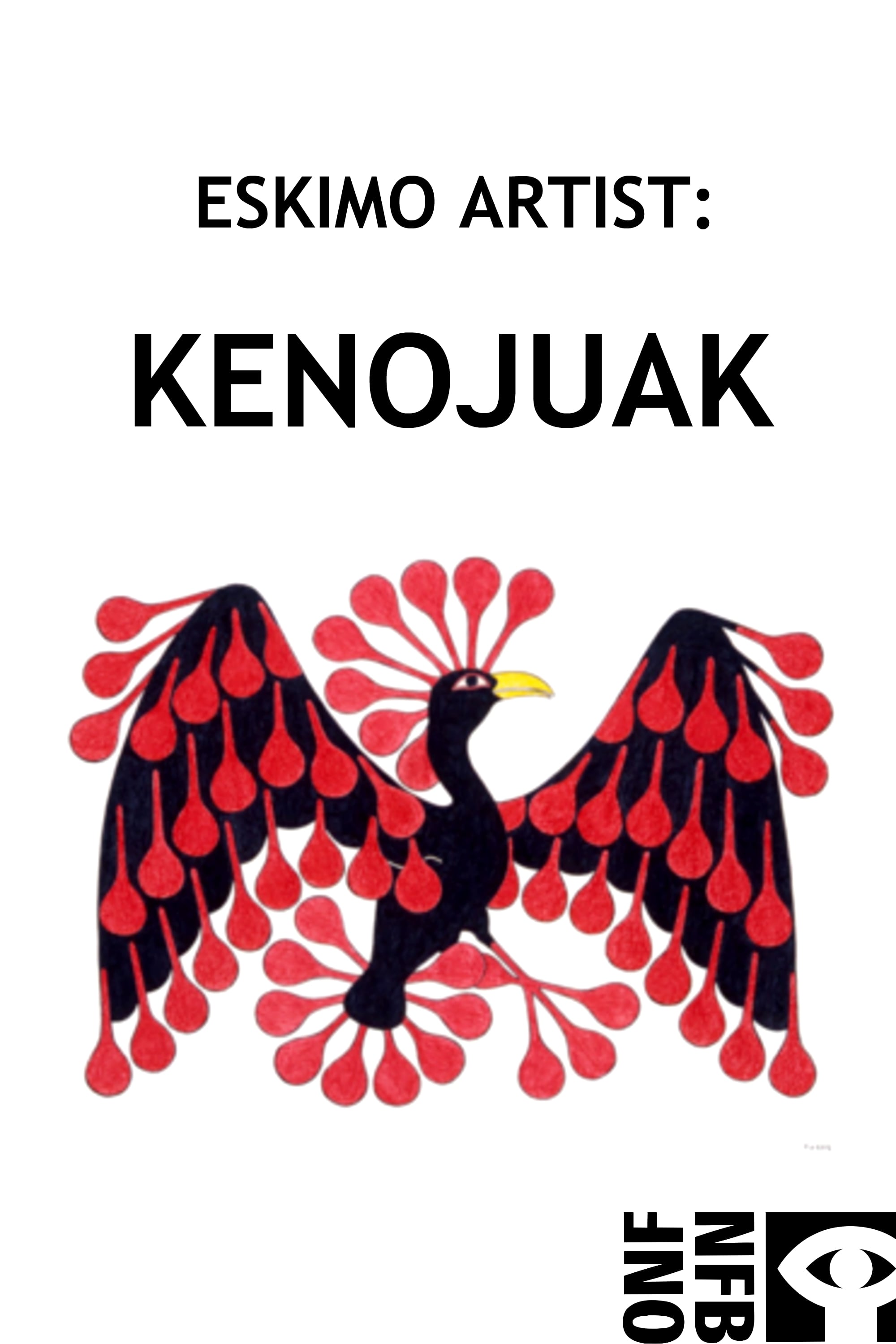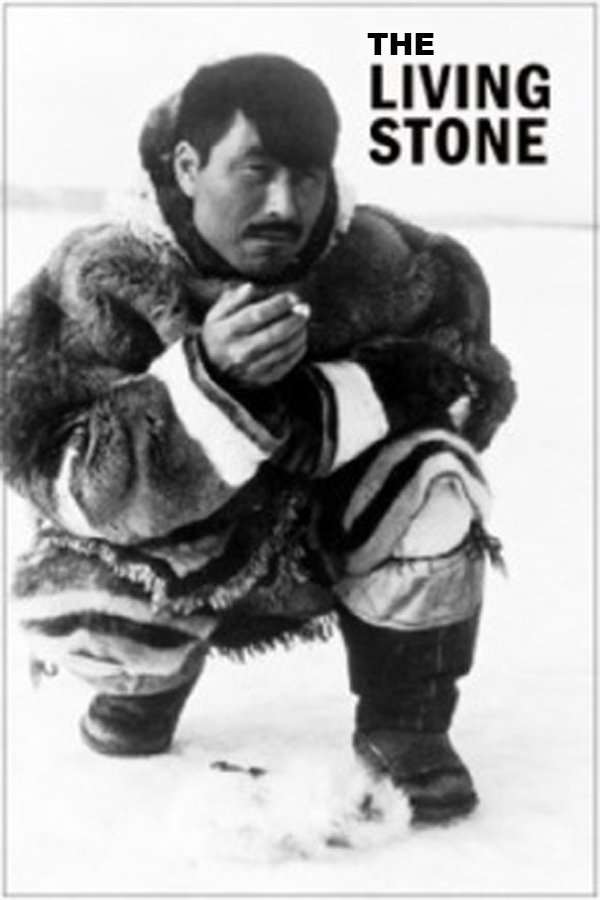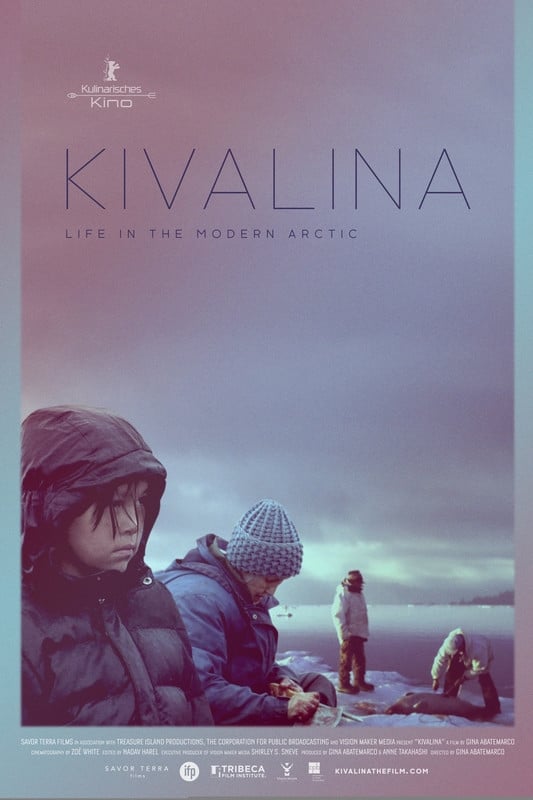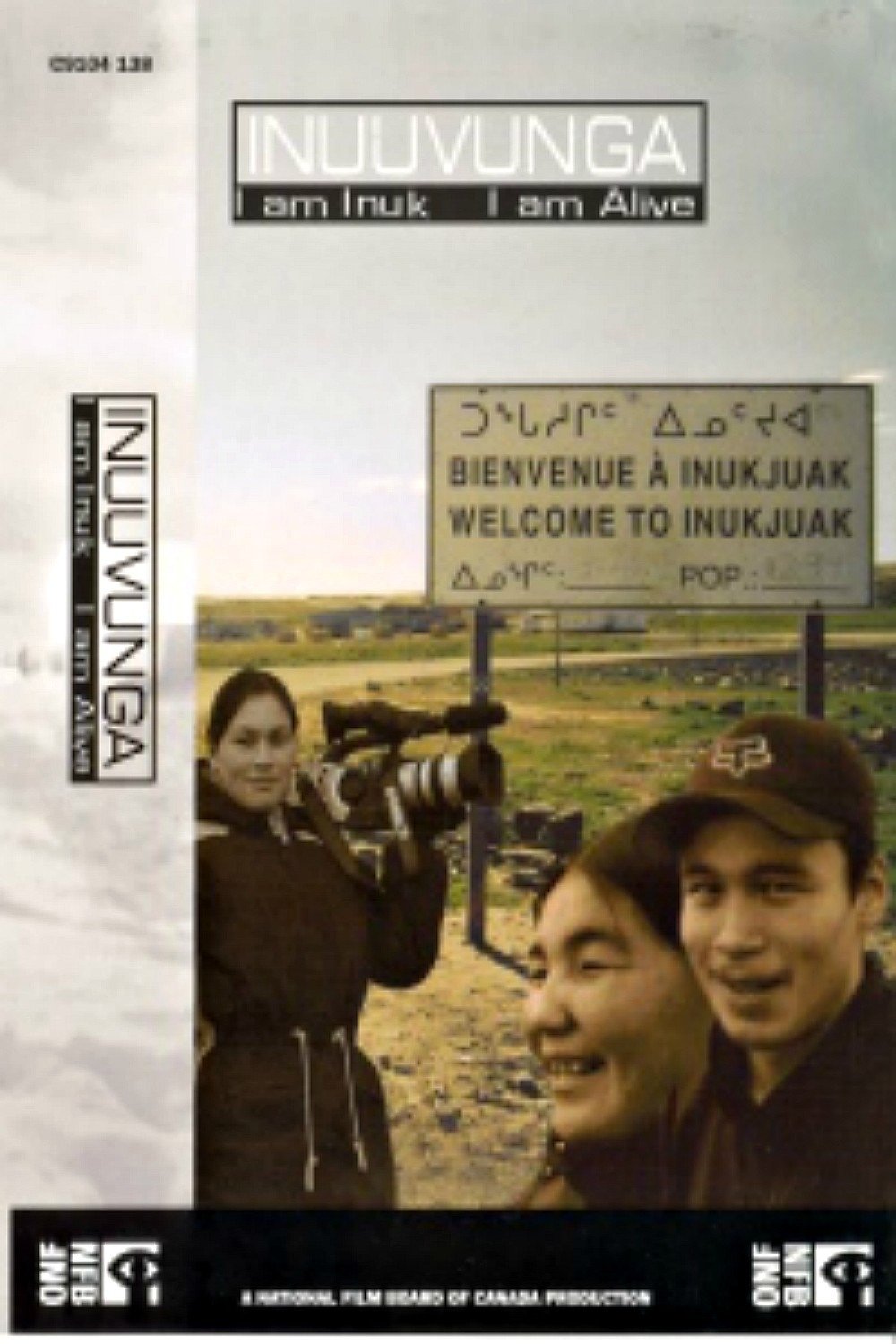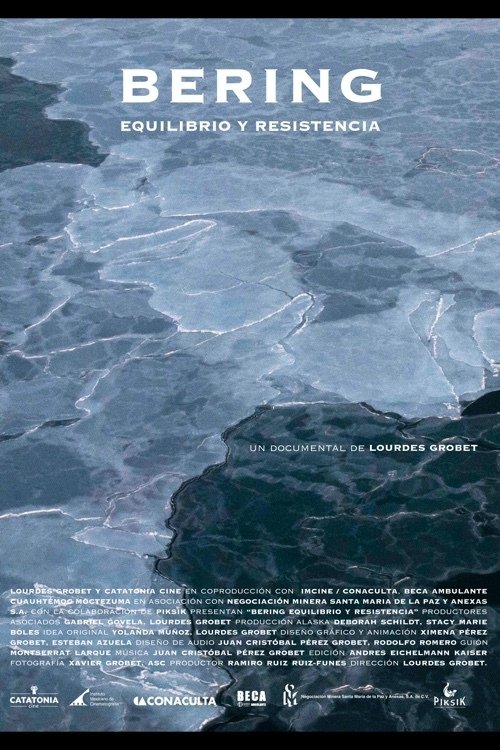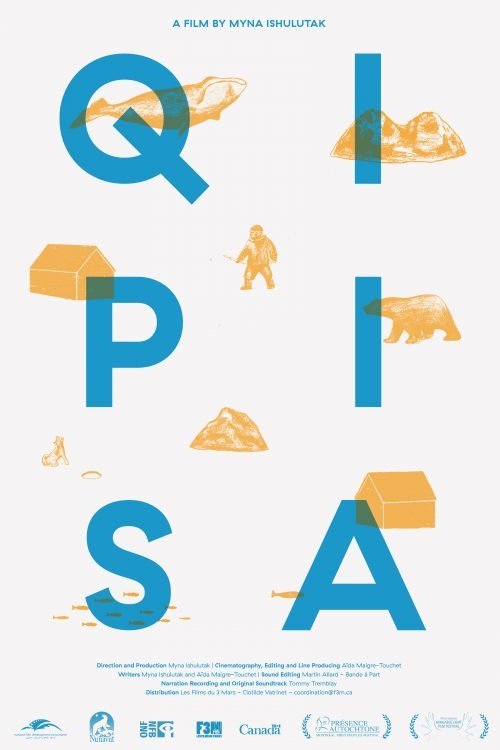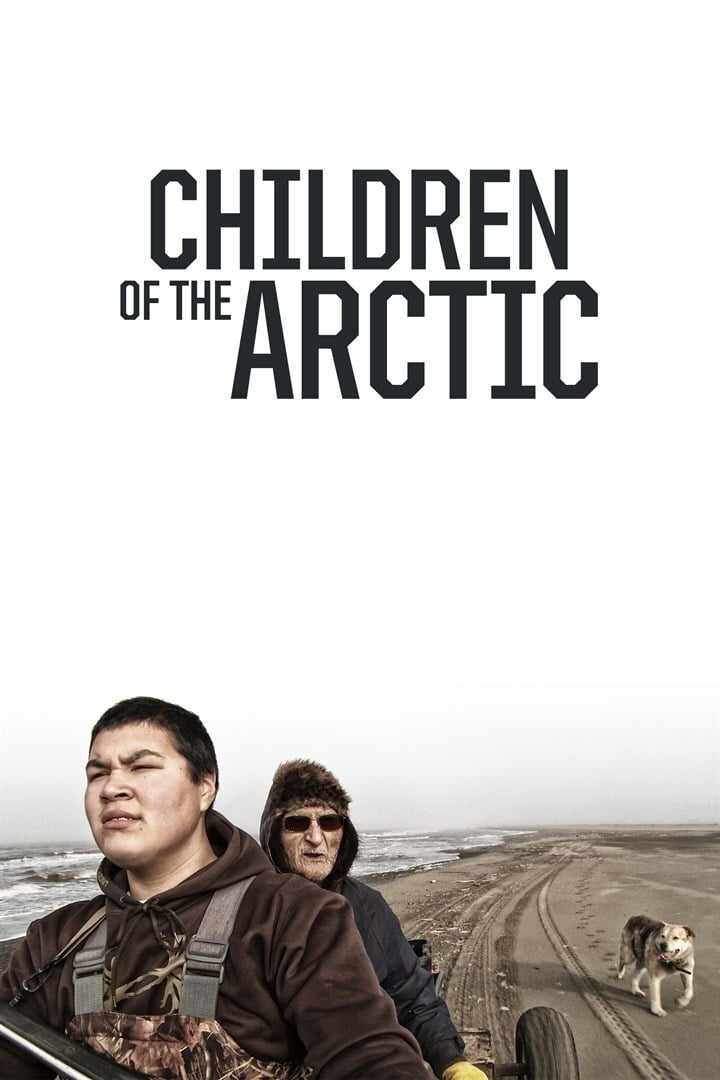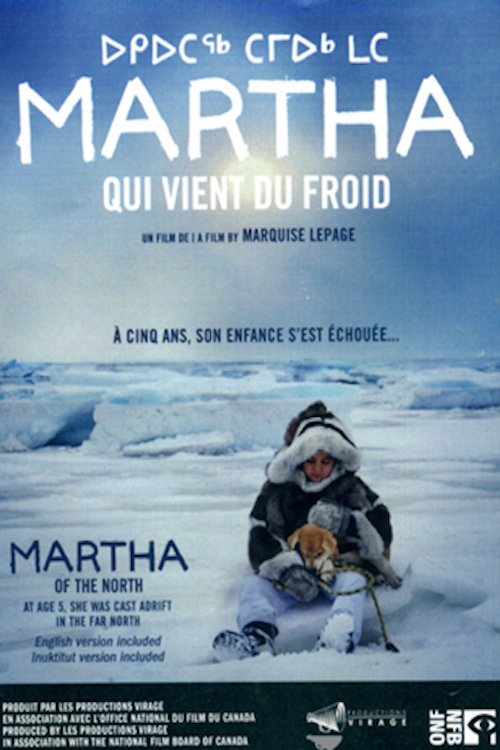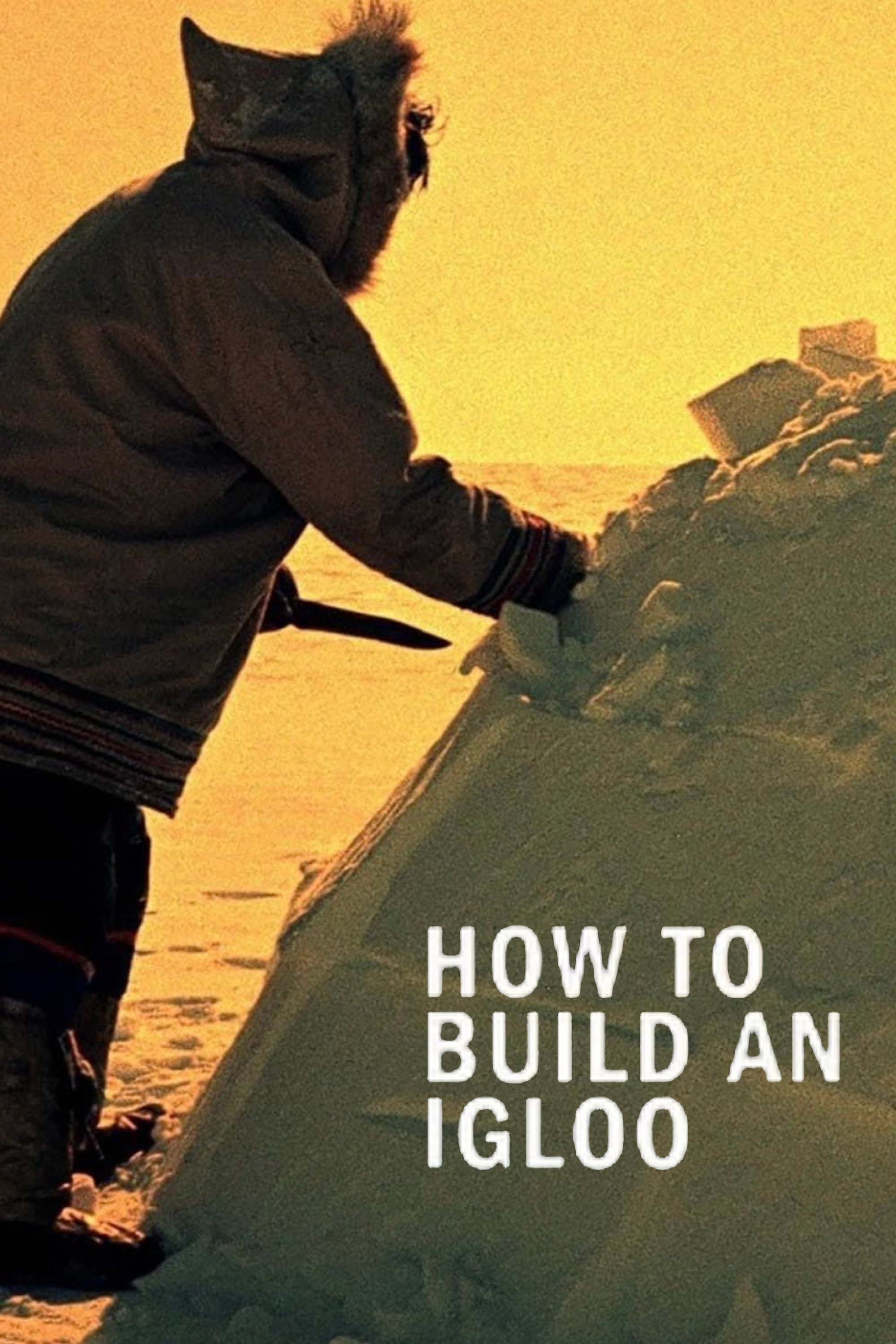
How to Build an Igloo (1949)
Overview
This classic short film shows how to make an igloo using only snow and a knife. Two Inuit men in Canada’s Far North choose the site, cut and place snow blocks and create an entrance--a shelter completed in one-and-a-half hours. The commentary explains that the interior warmth and the wind outside cement the snow blocks firmly together. As the short winter day darkens, the two builders move their caribou sleeping robes and extra skins indoors, confident of spending a snug night in the midst of the Arctic cold!
Production Companies

Additional Info
| Budget | $0.00 |
|---|---|
| Revenue | $0.00 |
| Original Language | en |
| Popularity | 0.991 |
Directed By
Douglas Wilkinson
Crew
Douglas Wilkinson
Douglas Wilkinson
Michael Spencer
Chester C. Kissick
Neil Harris
TOP CAST
Similar Movies
Nanook of the North
This pioneering documentary film depicts the lives of the indigenous Inuit people of Canada's northern Quebec region. Although the production contains some fictional elements, it vividly shows how its resourceful subjects survive in such a harsh climate, revealing how they construct their igloo homes and find food by hunting and fishing. The film also captures the beautiful, if unforgiving, frozen landscape of the Great White North, far removed from conventional civilization.
Netsilik Eskimo Series, I: At the Autumn River Camp
It is late autumn and the Eskimos travel through soft snow and build karmaks, shelters with snow walls and a roof of skins, in the river valley. The geese are gone but some musk-ox are seen. The man makes a toy sleigh from the jawbones of a caribou and hitches it to a puppy. Next day the women gather stocks of moss for the lamp and the fire. The men fish through the ice with spears. The woman cooks fish while the men cache the surplus. Then the family eats in the karmak. The men build an igloo and the household goods are moved in. They begin the complicated task of making a sleigh, using the skins from the tent, frozen fish, caribou antlers and sealskin thong. The woman works at a parka, using more caribou skin, and the children play. Now the sled is ready to load and soon the family is heading downriver to the coast.
Netsilik Eskimo Series, II: At the Caribou Crossing Place
The time is early autumn. The woman wakes and dresses the boy. He practices with his sling while she spreads a caribou skin to dry. The boy picks berries and then the men come in their kayak with another caribou. This is skinned, and soon night falls. In the morning, one man leaves with his bow while the other makes a fishing mannick, a bait of caribou meat. The woman works at the skins, this time cleaning sinews and hanging them to dry. The man repairs his arrows and then sets a snare for a gull. The child stones the snared gull and then plays hunter, using some antlers for a target. His father makes him a spinning top. Two men arrive at the camp and the four build from stones a long row of manlike figures, inukshult, down toward the water. They wait for caribou and then chase them toward the stone figures and so into the water where other men in kayaks spear them. The dead animals are floated ashore and skinned.
Netsilik Eskimos, VI: Building a Kayak
Now it is July - summer. The run-off is in full spate and open water shows offshore. Ice cakes melt on the shingle. On the bay are ducks. It is time to build a kayak, a task shared by two men. They gather materials: valuable scraps of wood, bone, seal skins and sinews. Now there is much cutting, fitting, joining and binding. The woman helps by cutting additional thongs, scraping skins, providing food. She must also amuse the child who seems left out by the single-minded work of the men. Then the work breaks and a man harpoons a fish in a tide pool; all share the pleasure of fresh food.
Netsilik Eskimos, VII: Fishing at the Stone Weir
Full summer, and the tundra is bare; skin tents are up and it is time to attend to the fishing as the fish move upstream. The men are in the river, lifting stones and placing them to form enclosures to trap the fish. A woman skins a duck and then braids her hair in the old way, stiffly around sticks. From a bladder she makes a balloon for the child. The men are fishing with the three-pronged leisters, spearing the fish and stringing them on a thong, until it is as much as a man can do to drag his catch from the water. The woman works quickly, cleaning the fish, and then all enjoy bits of the fresh raw fish.
Netsilik Eskimo Series, III: At the Spring Sea Ice Camp
Two Eskimo families travel across the wide sea ice. Before night falls they build small igloos and we see the construction in detail. The next day a polar bear is seen basking in the warming sun. A woman lights her seal oil lamp, carefully forming the wick from moss. The man repairs his snow goggles. Another man arrives dragging a polar bear skin. The boy has made a bear-shaped figure from snow and practices throwing his spear. Then he tries his bow. Now, with her teeth, the woman crimps the sole of a sealskin boot she is making. The men are hunting seal through the sea-ice in the bleak windy weather. The wind disturbs the "tell-tales," made of eider down or a hair loop on a bone, that signal when a seal rises to breathe. A hunter strikes, kills and drags his catch up and away. At the igloo the woman scrapes at a polar bear skin and a man repairs a sled. In the warming weather the igloo is topped with furs and a snow shelter is built to hide the sled from the sun.
The Last Ice
For centuries, Inuit in the Arctic have lived on and around the frozen ocean. Now, as climate change is rapidly melting the sea ice between Canada and Greenland, the outside world sees unprecedented opportunity. Oil and gas deposits, faster shipping routes, tourism, and fishing all provide financial incentive to exploit the newly opened waters. But for more than 100,000 Inuit, an entire way of life is at stake. Development here threatens to upset the delicate balance between their communities, land, and wildlife. Divided by aggressive colonization and decades of hardship, Inuit in Canada and Greenland are once again coming together, fighting to protect what will remain of their world. The question is, will the world listen?
Eskimo Artist: Kenojuak
This documentary shows how an Inuit artist's drawings are transferred to stone, printed and sold. Kenojuak Ashevak became the first woman involved with the printmaking co-operative in Cape Dorset. This film was nominated for the 1963 Documentary Short Subject Oscar.
The Living Stone
The Living Stone is a 1958 Canadian short documentary film directed by John Feeney about Inuit art. It shows the inspiration behind Inuit sculpture. The Inuit approach to the work is to release the image the artist sees imprisoned in the rough stone. The film centres on an old legend about the carving of the image of a sea spirit to bring food to a hungry camp. It was nominated for an Academy Award for Best Documentary Short.
Inuuvunga: I Am Inuk, I Am Alive
In this feature-length documentary, 8 Inuit teens with cameras offer a vibrant and contemporary view of life in Canada's North. They also use their newly acquired film skills to confront a broad range of issues, from the widening communication gap between youth and their elders to the loss of their peers to suicide. In Inuktitut with English subtitles.
The Story of Alternating Current Arc Welding
Demonstrates the differences between alternating current and direct current arc welding processes, and in particular the finer control available with AC machines at the time.
Inuit Languages in the 21st Century
Ulivia explores what is accessible via the Internet in relation to Inuktitut. A complex language with several dialects which varies from one generation to the next. Inuktitut is threatened by dominant languages. Are there solutions so that these technologies are allies and not enemies?
Bering. Equilibrio y resistencia
This documentary closely follows a group of people living in the Bering Strait and delves into the fundamental aspects of their daily lives, their survival, and the contrast between their traditions and the modern world. With extraordinary imagery, Bering portrays exceptionally well a community fighting to preserve its culture in this mythical part of the world.
Jessica Drake's Guide to Wicked Sex: The Art of Striptease
Want to become more body confident, learn some sensual dance moves, and spice up your love life? Join me, Wicked Pictures Contract Performer and Sex Educator Jessica Drake, to explore The Art of Striptease. You'll learn everything from getting dressed to taking it off, how to perfect your walk of seduction, how to give him a great lap dance, and even some beginning pole tricks!
Another Romance of Celluloid: Electrical Power
This short begins at Boulder Dam (now Hoover Dam). The electricity generated here by the Colorado River is sent to Hollywood, where movie studios need it to make movies. After a tour of the MGM studios' power plants, we see short advertisements for upcoming MGM releases.
Children of the Arctic
Children of the Arctic is a portrait of five Native Alaskan teenagers growing up in Barrow - the northernmost community in the United States. As their climate and culture undergo profound changes, they strive to balance being modern American kids and the inheritors of an endangered way of life.
If the Weather Permits
Director Elisapie Issac's documentary is a sort-of letter to her deceased grandfather addressing the question of Inuit culture in the modern world.
Martha of the North
In the mid-1950s, lured by false promises of a better life, Inuit families were displaced by the Canadian government and left to their own devices in the Far North. In this icy desert realm, Martha Flaherty and her family lived through one of Canadian history’s most sombre and little-known episodes.


